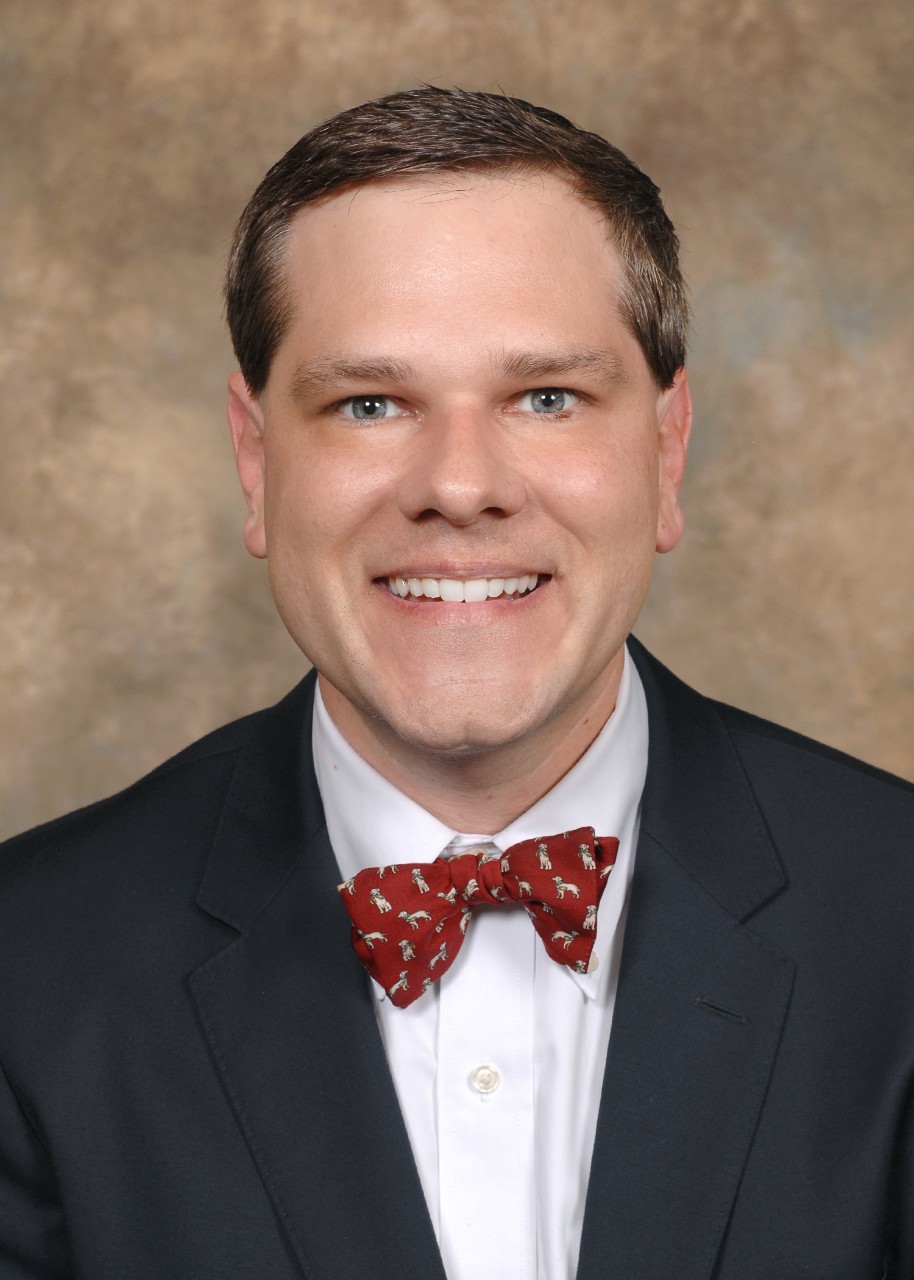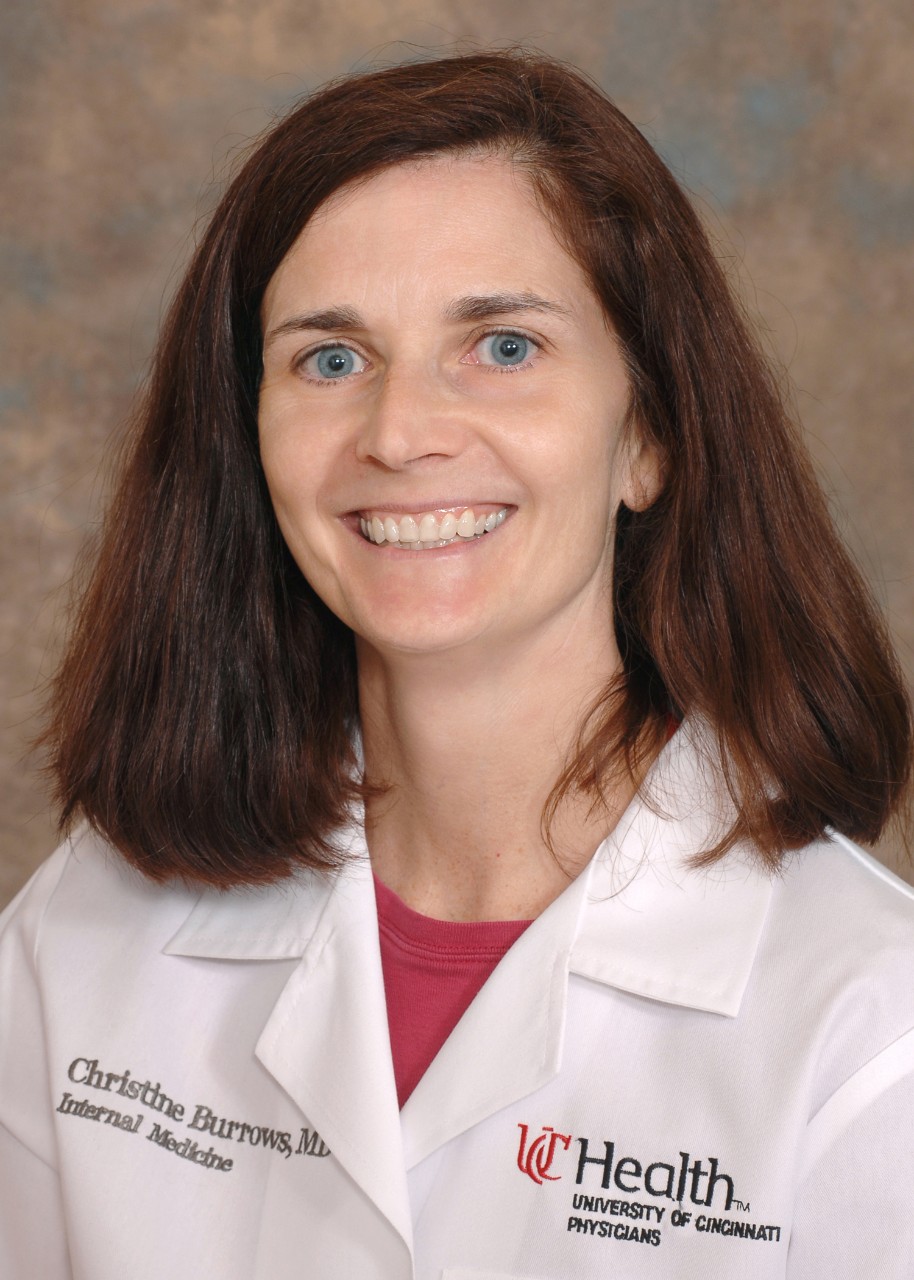
New guidelines recommend screening children 8-18 for anxiety disorders
University of Cincinnati experts discuss research, approach to best practices
According to the CDC, 9.4% of children and adolescents had an anxiety disorder in 2019. Up to one in five youth aged 18 or younger will experience a mental health condition at some point in their lives.
The US Preventive Services Task Force (USPSTF) recently issued new recommendations that children and adolescents ages 8 to 18 should be screened for anxiety disorders, but the recommendations do not specify what screening should look like.
Experts at the University of Cincinnati are researching best practices of how to screen children for anxiety disorders and connect them to the best treatment for each individual. UC’s Jeffrey Strawn, MD, is senior author of an editorial recently published in JAMA discussing potential effective screening approaches in pediatric primary care settings.

Jeffrey Strawn, MD. Photo/University of Cincinnati
Strawn said many children with psychiatric disorders remain undiagnosed or untreated despite increasing awareness and reduced stigma surrounding mental health conditions. Anxiety disorders specifically are “incredibly prevalent” and tend to increase the risk of other disorders, additional symptoms and issues including suicidal behavior and substance misuse in the long term, he said.
The new recommendation for screening anxiety disorders is encouraging, Strawn said, but he argues it reflects a “piecemeal approach” for pediatric mental health screening. He noted screening for conditions including autism spectrum disorders and depression were recommended years ago even though they are less common than anxiety disorders.
“So these disorders affected a lot fewer patients which meant that we were potentially ignoring something that affects a lot more patients and is associated with substantial morbidity and long term bad outcomes,” said Strawn, professor in the Department of Psychiatry and Behavioral Neuroscience in UC’s College of Medicine and a UC Health child and adolescent psychiatrist.
The disorder-specific approach to mental health screenings that did not include anxiety disorders may have led to many children being misdiagnosed due to symptoms overlapping. For example, a child who has trouble paying attention may have been diagnosed with ADHD, when in reality the issues stem from anxiety.
By screening for anxiety disorders, Strawn said doctors can potentially avoid inappropriate treatments and unnecessary costs of medical tests while directing patients to helpful treatments earlier.
Screening approach
Doctors sometimes use checklists of symptoms to screen for mental health disorders, which provides an efficient process to identify symptoms. However, Strawn said checklists should not be the sole screening method used for anxiety disorders.
“The issue is that when we rely on a checklist by itself, we really fail to capture the specificity that we need,” he said. “So we may be picking up other things that aren’t anxiety.”
Strawn and his editorial co-authors argue for a more holistic approach where pediatricians begin discussions about mental health much earlier than age 8. Family history of anxiety disorders is the biggest risk factor for children, so identifying parents’ mental health history may aid the effectiveness of screening techniques.
“The pediatrician or pediatric clinician is well-equipped to identify anxiety disorders in youth because they know the family and they know the biggest risk factors for developing anxiety disorders—family history,” Strawn said. “Because the pediatricians have a longitudinal relationship with these families, what we would argue for is starting those discussions around mental health early on to really open the door for having these discussions over time.”

Christine Burrows, MD. Photo/University of Cincinnati.
UC’s Christine M. Burrows, MD, who is working on a study to identify and treat anxiety disorders in the pediatric primary care setting, said current American Academy of Pediatrics screening recommendations for well child care do not include recommendations for pediatric anxiety screening, but she agreed that pediatricians can take steps toward identifying anxiety in patients even before formal screening is standardized.
“Given the high prevalence and effective treatment options for anxiety, pediatricians can play a vital role in identifying and connecting patients to early treatment that can be life changing,” said Burrows, professor of medicine and medical director of Internal Medicine and Pediatrics Practice at Hoxworth.
Beginning discussions early and taking family history into account allows pediatricians to make screening more personal for each individual child and situation. For children at a higher risk for anxiety disorders, Strawn said pediatricians can do simple things before actual screenings such as more close monitoring, encouraging positive parenting techniques and providing guidance to parents on how to manage their own anxiety and identify signs of anxiety in their children.
“Such early engagement may help prevent the development of an anxiety disorder and could empower the family to intervene promptly should their child develop an anxiety disorder,” Strawn and his co-authors write in the editorial.
New research
Further study is needed to learn more about what measures and methods are best to screen for anxiety disorders and the benefits and limitations of screening.
Strawn said UC has been a leading institution continuing to learn more about best practices for screening children for anxiety disorders within primary care settings.
UC Internal Medicine and Pediatric Practice at Hoxworth is part of a multi-center trial funded by the Patient-Centered Outcomes Research Institute researching how to identify and treat children with anxiety disorders earlier and direct them to care.
Children with possible anxiety disorders are connected to collaborative psychiatrists and counselors who provide evidence-based treatment within the pediatrician’s office, which Burrows said makes it “easier on families to receive timely mental health care.”
“Dr. Strawn and I are working to better understand how to identify children that have underlying anxiety disorder, who might present to a pediatrician with abdominal pain or missing school,” Burrows said. “What makes this work so rewarding is to have access to a psychiatric partnership that helps our patients get quick access to care, which can promote better follow-up and completion of effective treatments.”
The USPSTF’s recommendation also supports the use of cognitive behavioral therapy and antidepressant medications as safe and effective treatments for children ages 8-18 with anxiety disorders. Strawn said there are a number of studies ongoing within the Department of Psychiatry aimed at understanding how different patients respond to different treatments.
“The hope is to identify the right patient for the right treatment at the right time,” he said.
Additional work within the Anxiety Disorders Research Program is identifying how specific treatments compare or can be optimized in some patients based on specific characteristics and, in some cases, metabolism. Strawn is working with Laura Ramsey, PhD, associate professor in UC’s Department of Pediatrics and a Cincinnati Children’s Hospital Medical Center researcher, to compare dosing strategies of one of the most common medications used to treat anxiety disorders that leverages a patient’s specific medication metabolism to guide dosing.
Strawn and his colleagues' editorial has been featured in several articles discussing the new recommendation.
Listen to Dr. Strawn on 55KRC's Simply Medicine radio show and podcast. (Note: Segment begins around 24:03 mark.
Featured photo at top courtesy of Unsplash.
Related Stories
Yahoo News: Five Black UC faculty members receive National...
September 8, 2020
Five African-American researchers and healthcare professionals on UC’s medical campus have received sizable grants from the National Institutes of Health during the past 18 months. The faculty members were interviewed by WCPO to help showcase innovation and the diverse voices and perspectives they bring as the healthcare community attempts to ease health disparities in communities of color in Cincinnati and beyond.
UC COVID-19 studies awarded $425K
April 15, 2020
Understanding that time was of the essence in combating this highly infectious disease, UC and its College of Medicine’s Office of Research conducted a rapid review and distribution of $425,000 in novel pilot grants to researchers, focusing on eradicating the disease.
Educational breast cancer event focuses on empowerment
Event: November 3, 2018 9:00 AM
"Beyond Breast Cancer: The Path to Empowerment” is an educational event for breast cancer survivors, their families and the community; it will be held from 9 a.m. to 3 p.m. Saturday, Nov. 3, at the Kingsgate Marriott Conference Center, 151 Goodman Drive.
